Getting baby back to sleep after feeding
9 Amazing Baby Sleep Tips for Night Waking
I hope you find these baby sleep tips for night waking helpful! When my son was first born, I had the whole night waking thing all wrong. There I was in the middle of the night with all the lights on, eating some crunchy snack, and watching horrible late night reality TV in the midst of feeding my baby.
post contains affiliate links
After all that, I would change his diaper and try putting him back to bed. For the life of me, I struggled to understand why he wouldn’t go back to sleep. Didn’t take me long to learn that I was doing the exact opposite of these baby sleep tips for night waking.
If you are looking for some quick and easy ways to help your baby settle to sleep easier after a night feed, try out these tips!
1. Keep it all business.
Keep your night time routine to the basics only. Night time is no time for a party. Getting a brief nighttime routine down works wonders. Ideally, we are talkin’ diaper change, feeding, burb, back to crib.
2. Keep all the lights off.
As a night shift nurse, I was accustomed to working in the dark to avoid waking patients. So as a mom, you think this would’ve clicked before someone had to tell me this tip. Use only a night light go through your nighttime baby sleep routine.
If you can use a red night light like this Gummy Bear one, even better! Red light doesn’t emit rays that tell your brain to wake up vs. a blue or white night light.
3. Change the diaper before the feeding.
I’m a huge advocate for laying a baby down awake but drowsy to help him or her learn to fall asleep independently; however, I never worry about this during night wakings. I always nurse / bottle feed my babies back to sleep in the middle of the night.
As soon as you go to your baby, change the diaper…sometimes I even skip it altogether!
If your baby is a newborn sometimes they will poop after a night feeding. In this case, of course, you need to change the diaper after the feeding, but usually after their digestive system settles down after the first month or two, you will be able switch the diaper change before the feeding or simple change the diaper ever other night feeding.
In this case, of course, you need to change the diaper after the feeding, but usually after their digestive system settles down after the first month or two, you will be able switch the diaper change before the feeding or simple change the diaper ever other night feeding.
4. Avoid eye contact.
I’m serious 🙂 Avoid all eye contact, talking, singing, excessive motion, and anything else you can think of. Basically, avoid as much stimulation as possible with your baby during the night. Again, keep it all business.
5. Hands on chest.
After the feeding and burp, lay your baby down in the crib. If your baby fell asleep during the feeding, that’s great. If your baby is still awake or sleeping lightly, hold your hand on your baby’s chest for a few minutes.
Gentle pressure can offer comfort and reassurance for your baby to settle down a bit. Remember, it can take up to 20 minutes to reach deep sleep. So don’t be afraid to wait a few minutes until you sense your baby is settled. I’m not patient enough to wait 20 minutes, but I would say 5 minutes could do the trick.
I’m not patient enough to wait 20 minutes, but I would say 5 minutes could do the trick.
6. Early bedtime.
I was totally surprised by how much babies sleep when they are little. I had it totally wrong trying to keep my son awake in order to wear him out.
An overtired baby sleeps less, not more, and an early bedtime can help a baby sleep better during the night.
Don’t hesitate to try a bedtime between 6:30 pm and 7:30 pm to improve a baby’s overall sleepiness throughout the night. For more on finding a sleep schedule that works, check out For the Love of Sleep eBook.
You can also use these baby bedtime routine cards to help your baby settle in the evenings…
7. Use a diaper one size too big.
This is one trick I use from infancy through the toddler years. Whatever size diaper your child wears, use the next size up during the night. You’ll sleep better knowing your baby isn’t sleeping in a wet mess and so will your baby.
8. Start shushing.

Don’t be afraid to shush the baby. My husband is an expert at shushing. He always shushed our babies to sleep. White noise is very calming for babies, especially after hearing it for 9 months in the womb.
Shushing seems overly simple, and I would be totally annoyed if someone did that to me, but babies are different. They like it.
If you get tired of shushing {waives hand wildly} then you’ll love this baby sleep machine.
9. Follow your instincts.
Always do what you are comfortable with when it comes to your child and a sleep plan. If you end up doing something that you feel uncomfortable with, it will likely lead to inconsistency and guilty feelings. Ultimately, neither of those things will lead to better sleep in the long run.
Print your free baby sleep checklist!
This post comes with a free printable baby sleep checklist to help you support longer stretches of sleep for your baby! Plus, when you grab this printable, you’ll get instant access to my free 3-day baby sleep eCourse.
Download Your Free Printable
- Download the checklist. You’ll get the printable straight to your inbox, plus get my Free 3-Day Baby Sleep eCourse!
- Print. Any paper will do the trick, but card stock would be ideal.
- Place it on your refrigerator. Use it as a quick reference and don’t forget a thing!
Want more on baby sleep?
- My Top 10 Newborn Baby Sleep Tips To Help You Get More Sleep
- The Newborn Routine That Will Help Your Baby Fall Asleep Faster
- Top 7 Challenges + Solutions for Parenting a Newborn and Toddler
- 8 Infant Sleep Facts Every Parent Should Know
Resources for baby sleep:
- Baby Sleep Routine Printable Bundle + For the Love of Sleep eBook
I've created a free email series just for you! If you are struggling with finding a routine, rhythm or schedule, this email series will help you find one that will work for YOUR family. Yes, really. I've seen my sample routines work time and time again for parents. I know it can work for you too.
Yes, really. I've seen my sample routines work time and time again for parents. I know it can work for you too.
This free email series will help you:
- Free sample routines for your child
- Best morning routine tips and tricks your kids will actually follow
- All-time favorite parenting hacks for getting more cooperation at bedtime
- Step-by-step guide for using a printable daily schedule with kids
Click here to sign up!
Are you new to this community? Start here, friend.
Your Baby Won't Go Back to Sleep After Night Feeding? Try These Solutions...!
At last, baby is asleep and you can finally get yourself some zzz’s.
Now the pillow is softer than ever, and the bed is suddenly sooo relaxing, and a bit of sleep is very much appreciated.
You’ve barely had the chance to doze off and next thing you know, you hear that soft to shrieking cry of hunger.
You quickly get up in the wee hours, give breastmilk or bottlefeed, and plan to sleep again… but baby won’t go back to sleep after night feeding!
You know it’s going to be another long zombified night.
Those who have a mellow baby who delightfully breastfeeds by day and predictably sleeps 4-6 hour stretches once it gets dark may be lucky.
A number of parents, however, are blessed with a high-need newborn not settling after night feeds.
Baby is cared for throughout the night, yet still requires lots of nourishment and comforting when the sun’s up.
Eventually, these parents eventually find themselves screaming ‘HELP! My baby won’t settle after night feed!’
Is your baby giving you the run for your money?
During this phase when you’re still recovering from childbirth, lack of sleep can make you feel exhausted, bleary and helpless. A few months of clocking up only 1-2 hours of sleep a night, it becomes worse.
Trust me, I know. The cry for ‘HELP!’ progresses to my baby. Some dads who are involved as far as bottle feeding or burping even said they thought they’re going to die!
Some dads who are involved as far as bottle feeding or burping even said they thought they’re going to die!
The great, strong mom that YOU are, you will surely survive.
Nobody said it was easy, but nighttime feeding cycles can definitely become more manageable. In fact, it can be made enjoyable with these tips and tricks below.
Tips for Babies Who Won’t Go Back to Sleep After Night Feeding
Be Wary of Sleep Disruption
Some people wake up their sleeping child when feeding time is due. Not letting your baby develop his or her own sleep patterns will only lead to more problems.
Truth is, the more your baby sleeps, the more he will sleep. You can do the math when you get more for yourself.
Decide Where Baby Sleeps
Learning how getting baby back to sleep at night also entails openness to various sleeping arrangements.
Most infants love to snuggle with mommy, perhaps beside daddy, while some sleep better in their cot. Find the right solo or co-sleep combo that promotes a faster transition and longer sleep.
Tank Up with Frequent Day Feedings
Babies get busier as they grow, and actually, forget to eat! Instances often occur at 6 months of age.
They instead wake up and make up for missed feedings, and it could be at different times every single night.
Mom then can be the one to remind baby to nurse at different intervals during the day, such that baby won’t need to nurse as much as night.
Create The Ideal Room Environment
The brain becomes more alert when exposed to bright lights, thus making it difficult to go back to sleep.
Nighttime feeding is best done in a room with dim lights, minimal noise, and a comfortable temperature. Well, this should be the exact setup of your baby’s sleep space is the first place.
You can also read this article about baby light show projectors, because many parents share your experience and many of them are happy with the light show projector in the baby room… read this review here!
Pick the Right Time For A Change
When baby won’t go back to sleep after night feeding, avoid changing diapers at all costs! Do it right before bedtime and use one with extra absorbency feature and less risks of leaking.
Whenever necessary, change before a feeding but it’s generally best to leave the diaper on (unless it is soiled) until the next feeding.
Keep Calm and Burp
Once done feeding at night, lift baby up and do the non-stimulating burping technique. Firm and soft back strokes should be enough to get your baby to burp.
After 5 minutes and it doesn’t come up, no worries. It’s alright to put him or her back in the crib to get much needed sleep.
In the video below, Gladys Ellett shares some good burping techniques
Maintaining Contact
After your baby has fed long enough and the short burp time is up, wrap him or her in a blanket or swaddle snugly to stay warm.
Now put your child down. If you still see baby wide awake after night feeding, try patting or putting your hand close to your child.
Instead of lifting which tends to stimulate, even make baby cry hysterically when laid down awake, your loving touch will offer assurance until he dozes off.
Make Do Without A Sleep Prop
An important factor of why baby wakes up at night and won’t go back to sleep is sleep associations.
The prop, whether an object or person or action such as rocking or swinging or nursing, is what baby needs to fall asleep.
Most of us would have our baby close to our heart in a sling as we gently pace the floor and rock him gently to sleep.
Naturally, baby would expect the same prop in order to get back to sleep after feeding.
The solution is to support them with various sleep associations to prevent attachment to one, then ultimately letting go which will give you and your baby a whole lot more of normal sleep.
Laying Out The Master Plan
A happy mother and a well-fed, nurtured baby is all that matters.
Sleep deprivation won’t contribute to having a better perspective and understanding of why baby won’t go back to sleep after night feeding.
In the meantime, jump back into bed soon as baby falls asleep, with no time to waste!
The key is to catch up and execute a plan.
It doesn’t matter if your bundle of joy is merely an infant, has grown into a 5-month baby who refuses to sleep afterward after every session, or one who still wakes up at night at 18 months old.
It’s never too late to foster better sleeping habits by implementing some of the aforementioned strategies.
You’ll be delighted to see your baby become more engaging, patient, tolerant, less fussy and cranky after a quality nap.
REMINDER FOR PARENTS WITH CHILDREN IN THE FIRST YEAR OF LIFE • GBUZ SK "City Clinical Polyclinic No. 5" of the city of Stavropol
bodies, suffocation, drowning, etc.):
• Never leave a child alone in the house.
• Feed the baby in a sitting position. Make sure that the child's nasal breathing is not difficult due to strong pressing against the mammary gland. If the baby is formula-fed, feed him in your arms, make sure that the baby does not swallow air. nine0003 • After feeding the baby, hold him upright to spit up air, and only then put him on his side in the crib.
• Do not give your baby bread crusts, bagels, bagels, pieces of fruit and vegetables, seeds, nuts, or other foods as they may cause food to be inhaled.
• You need to supervise the baby while feeding. Coughing, noisy rapid breathing, or an inability to make sounds are signs of breathing problems and possibly choking, which can lead to death. nine0003 • Choose a crib with a space between the bars so small that the baby cannot stick his head between them.
• Do not use pillows in a crib, on a changing table. Never put your baby to sleep on a pillow, he may roll over, which will lead to the closing of the baby's airways and suffocation.
• The crib should be free of foreign objects (pillows, blankets, diapers, plastic bags, toys, cords, ribbons, bows, etc.) that can cause entanglement or suffocation. nine0003 • When sleeping, the baby should be placed in the crib on its side.
• Never put an infant to bed with you. You can fall asleep and, if you involuntarily turn, crush the child and block his air supply, which will lead to tragedy.
• When laying the baby on his tummy, be sure to be close to him, remove all objects that can block the baby's air supply (diapers, toys, pillows), lay the baby only on a flat, hard surface. Don't put your baby on your tummy to sleep. nine0003 • In the child's field of activity there should be no small objects (parts of toys, batteries, buttons, coins, balls, sweets, etc.) that the child can take into his mouth, risking choking.
• Soothers with strings, ropes, hanging toys, rope swings can cause suffocation to a child.
• Never leave your baby alone in the tub while bathing, even for a second, babies can drown in less than two minutes even in a small amount of water.
2. TO PREVENT ACCIDENTS CAUSED BY A CHILD FALLING
• Never leave your child alone in the house, even if you have put him to bed.
• Don't trust older children to take care of your child.
• When placing the baby in the crib, check that the sides of the crib are well secured.
• Choose a crib with high sides to prevent falls.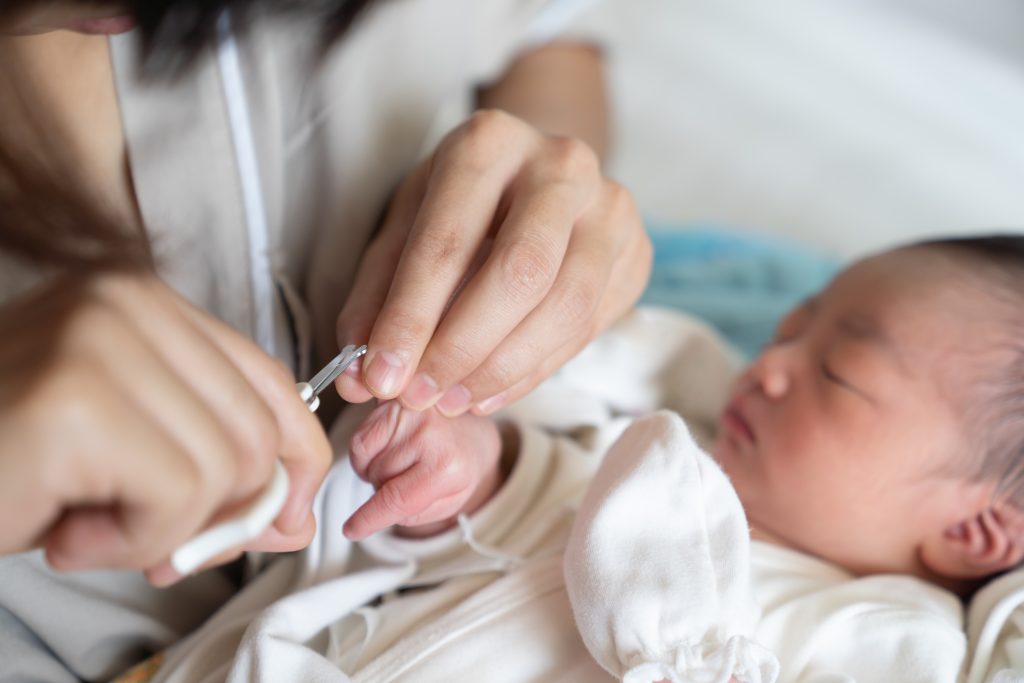
• Do not leave the baby alone on the changing table or other furnishings (bed, sofa, chair, etc.), as the baby may fall to the floor.
• Do not put the child to sleep anywhere other than a cot (avoid sleeping on a bed, sofa, etc.). nine0003 • In the stroller, the child must be secured with special fasteners.
• Make sure that access to the window, the window sill for the child is not possible.
• When using a walker, keep a close eye on the child (avoid obstacles: thresholds, steps, the possibility of going onto stairs, etc.). The walker could tip over and the baby could be seriously injured.
3. TO PREVENT HOUSEHOLD ACCIDENTS WITH CHILDREN (poisoning, burns, cuts, etc.)
• Always measure the temperature of the water with a thermometer (not your elbow!) before placing your child in the bath tub - the child may be burned . nine0003 • Do not add hot water to a baby bath.
• A small child can also get burned when using a heating pad if the temperature of the water in it exceeds 40-60°C;
• Protect your child from sunburn, sunstroke and heatstroke.
• Baby toys must be made of safe, non-breakable materials (risk of injury or choking on small pieces).
• Remove tablecloths, napkins hanging from tables - they can contain heavy, sharp, hot objects and drinks (the child can pull the edge of the tablecloth, tip over objects, injure or burn themselves). nine0003 • Do not allow pets to sleep in a crib or stroller.
• Keep your child away from electrical appliances, electrical outlets, cords, and extension cords.
• Do not leave piercing or cutting objects, such as needles, scissors or knives, within reach of the child. This can cause big trouble.
• Keep medicines and household chemicals, acids and alkalis, poisons for rats and insects, and other toxic substances out of the reach of a child. Poisons are dangerous not only when swallowed, but also when inhaled, in contact with the skin, eyes and even clothing, they can cause severe poisoning and death. nine0003 • Carbon monoxide poisoning - extremely dangerous for children and fatal in 80-85% of cases - strictly follow fire safety rules in all places where children are, especially where there is open fire (stoves, fireplaces, baths, etc. ). ).
). ).
Dear parents, remember -
accidents with children of the first year of life (sometimes fatal) - occur through the fault of adults.
Putting your baby to bed: tips and tricks
Author, editor and medical expert - Muraeva Yulia Yurievna.
Views: 207 562
The date of the last update: 06/23/2022 G.
Average reading time: 12 minutes
rhythm sleep baby
How to help your child fall asleep
How to teach a child to sleep in his own crib? nine0003 Bedtime rituals
What are the bedtime rituals?
Sleep is an important part of life, so it must be regular and of high quality 1 . But often the first year of a child's life becomes a real test for parents. Even such a seemingly simple action as putting a newborn to sleep sometimes turns into a task of increased complexity.
The difficulty is that in infants, sleep is still being formed, and circadian rhythms differ from those to which parents are accustomed 2 .
Rhythms of baby sleep
Before birth, the alternation of sleep phases in the fetus is subject to circadian (daily) rhythms and fluctuations in the hormonal background of the expectant mother. After giving birth, it takes time for the child to mature its own regulatory system 2 .
A full-term newborn sleeps an average of 16-17 hours 2 , and the total duration of sleep is not affected by dark and daylight hours 3 .
Babies up to 2 months old have 2 sleep phases 2.3 :
- Active sleep. Starts after falling asleep. This phase is important for the stimulation and development of the central nervous system. During active sleep, you can observe the baby's mobility, rapid eye movements and a weakening of reactions to external stimuli (light, sound, touch).
- Peaceful sleep. Follows the active phase. During restful sleep, the heart rate slows down, the movements of the eyeballs stop, and the baby stops moving his arms and legs.
 nine0108
nine0108
Together these 2 phases form a cycle. Each cycle begins with active sleep followed by restful sleep. The duration of such a cycle is approximately 45-60 minutes 3 .
But the sleep-wake cycle lasts longer. For breastfed babies, it is approximately 1-3 hours, and for "artificial" children, it is 2-5 hours 3 .
Gradually, periods of wakefulness lengthen, and most of the sleep occurs at night 2 :
- By the end of 3 months of life, an uninterrupted night's sleep can be about 5 hours 3 .
- From 2 to 12 months, babies sleep 9-10 hours at night 3 , with daytime sleep divided into 1-4 episodes that can last from 30 minutes to 2 hours 3 .
Sleep regularity and sleep disturbances can be assessed after 6 months, when the child's circadian rhythms are formed 3 .
Although the night sleep becomes longer, each cycle is still accompanied by micro-awakenings (wakings) 2. 3 , after which the baby can fall asleep quickly enough. This is a short-term activation of the central nervous system, which must be distinguished from a full awakening 2 . It is good if at this moment the mother is nearby and helps the child fall asleep again.
3 , after which the baby can fall asleep quickly enough. This is a short-term activation of the central nervous system, which must be distinguished from a full awakening 2 . It is good if at this moment the mother is nearby and helps the child fall asleep again.
Back to Contents
How to Put Your Baby to Sleep
The American Pediatrics Association has developed guidelines for safe sleep for babies. Below are some of them (the full list of recommendations can be found at the link) 4 :
- The best sleeping position is on your back.
- The mattress should be hard enough, and the crib should not be cluttered with things, blankets, pillows.
- No smoking in the nursery.
- If the child sleeps in a cool room, it is better to dress him warmly or put him in a special sleeping bag for babies. He should be warm, but not hot, so it is not recommended to wrap him with a blanket. And in order for the baby to breathe freely, in no case cover him with a blanket with his head.
 nine0108
nine0108
Babies up to 12 months still need to feed at night, so sleeping in the same room with the mother may be necessary to optimize breastfeeding and closer contact 4 . Co-sleeping in the same room with parents does not mean that the child will sleep with them in the same bed, because it does not meet the safety requirements 4 .
Before putting your newborn to bed, also remember that:0081 4 . There are babies who find this soothing, but swaddling can interfere with the baby's breathing because the chest is compressed and the baby cannot take a deep breath 4 . Tight swaddling also increases the risk of a lung infection and can aggravate hip dysplasia. Do not swaddle a baby who is already rolling over from his back to his stomach 4 .
 Other evidence suggests that pacifiers help reduce the risk of respiratory and cardiac problems in infants up to 12 months of age 4 .
Other evidence suggests that pacifiers help reduce the risk of respiratory and cardiac problems in infants up to 12 months of age 4 . Back to content
How to help your baby fall asleep
As the baby develops, fears, anxiety, anxiety may appear when he refuses to sleep separately from his parents and resists falling asleep 2 . The maturation of biological rhythms is facilitated by the environment of the child, the behavior of parents, compliance with the regimen and rules of sleep hygiene 3 .
To ensure quality rest and proper development, parents need to follow the recommendations. Specialists advise following these rules 4 :
- Put the baby to bed in the evening and wake up in the morning at about the same time, despite weekends and holidays 4 .
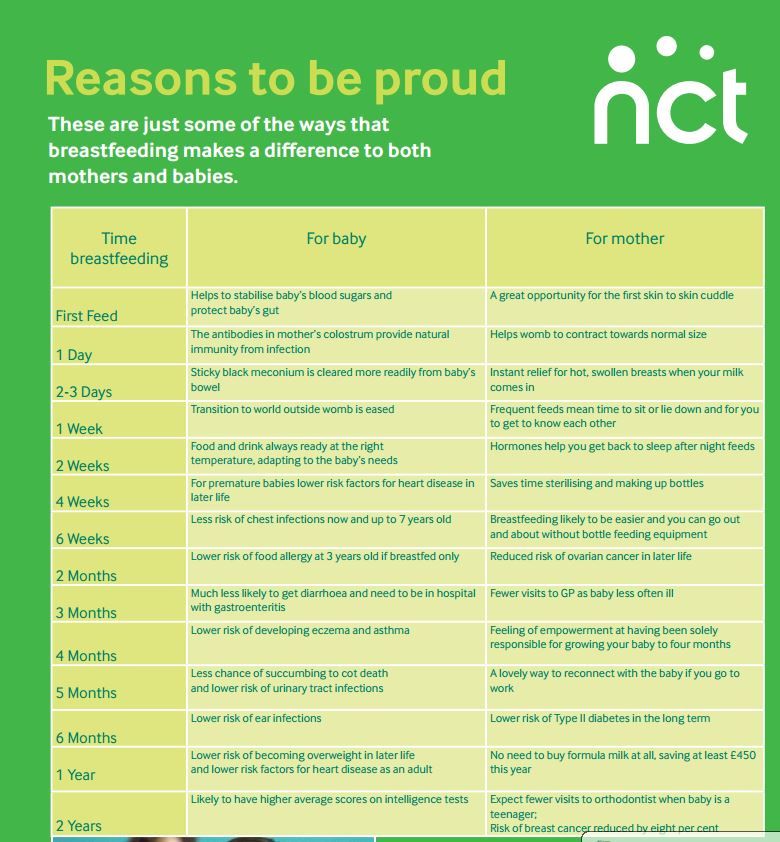
- Avoid physical activity before bed 4 .
- Limit activities in bed that are not related to falling asleep (playing, feeding), as this interferes with the baby's understanding of sleep 4 .
- Keep the bedroom comfortable - moderate temperature, low lighting, minimal noise, comfortable pajamas 4 .
- Form a laying ritual 5 .
- Follow the diet - the baby should not be hungry or overeating. Before going to bed, you can feed him a little 5 .
- Keep an activity diary so that you can analyze and understand what interferes with your child's sleep 4 .
Back to Contents
How can I get my baby to sleep in his own crib?
There are various techniques to help a child fall asleep on their own, without the help of their parents. They are often used as a non-drug treatment for insomnia (sleep disorder) in young children aged 1 to 3 years 4 .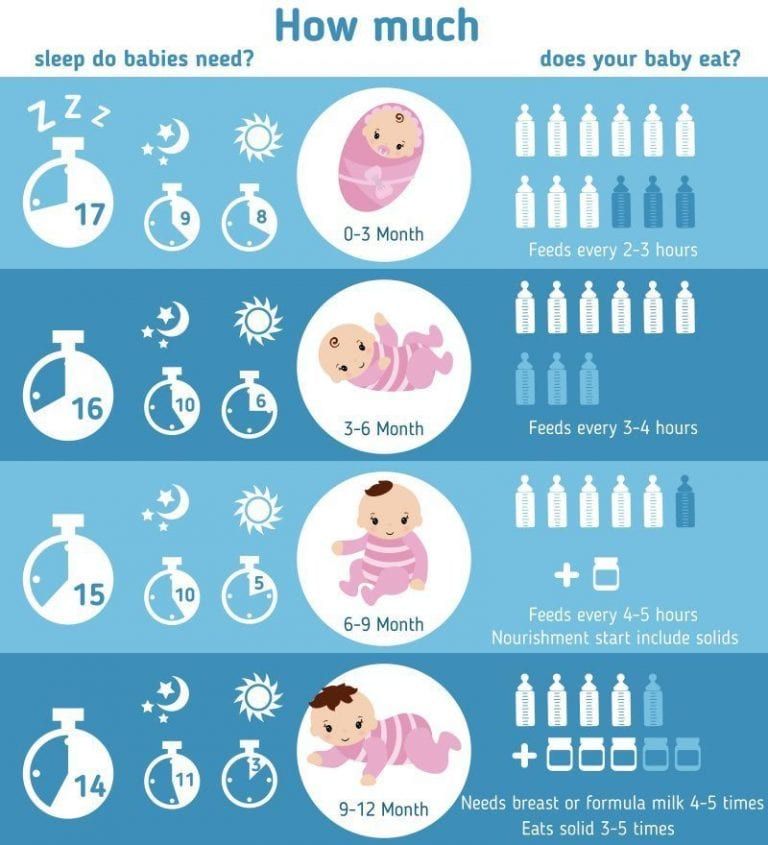 Examples of such techniques are described below. Choosing the right one for your baby should be discussed with a baby sleep specialist. nine0017
Examples of such techniques are described below. Choosing the right one for your baby should be discussed with a baby sleep specialist. nine0017
One way to overcome sleep disorders is through behavioral therapy. It helps to change wrong associations and sleep patterns in a child 4.7 . In behavioral therapy, the abandonment method is used. With him, parents immediately leave the child in the crib and leave the nursery. However, they do not return when they hear his cries or call, giving him the opportunity to fall asleep on his own 4 . But psychologists do not recommend using this approach if the baby is not yet 6 months old and is breastfeeding 4 , as this may adversely affect the baby's condition.
In addition, the abandonment method is not suitable for all parents. For those who want to be near or to calm a crying baby 4 experts recommend other methods - "check and hold" or "gradual repayment" 4.7 .
Back to Table of Contents
"Checking and Holding"
When getting ready for bed, the parent spends some time with the child, then puts him to bed and leaves the room or goes to bed if she is in the nursery. At the same time, they do not approach the baby for 15-20 minutes and do not react to his crying or screaming. This period is called "hold" 7
When the allotted 20 minutes are up, the parent goes to the child, straightens his bed and returns to himself. This part is called checking 7 .
It is very important not to take him out of the crib and feed him when he wakes up. The exception is children who require night feedings for age or medical reasons. In all other cases, the parent simply comes to the crib for a short time to check, and then leaves again for a 15-20 minute “hold” 7 .
Gradually - over several nights - increase the "hold" interval to 30 minutes 7 .
Up to content
Gradual repayment
This technique is designed to “repay” the child's protests and manipulations 7 .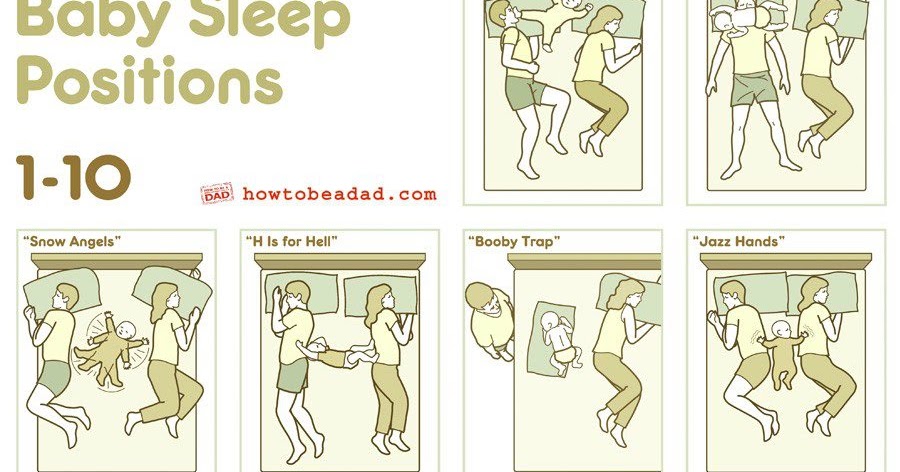 There are 2 options for "gradual repayment" - with and without the presence of a parent 4 .
There are 2 options for "gradual repayment" - with and without the presence of a parent 4 .
The classic option is to leave the baby alone in the bedroom for a certain amount of time, gradually teaching him to fall asleep on his own. Unlike the “check and hold” method, the child can be calmed down. But you need to return to his bed not at the first call, but after a certain time. After the child calms down, you need to leave again, increasing the intervals when he tries to fall asleep without you 7 . This option is suitable for babies over 6 months old 4 .
Until the age of six months, use the “gradual repayment” method in the presence of a parent. It is carried out in stages 4 :
- The parent puts the baby to bed and sits next to it. If the bed is large, you can lie down next to the child.
- On subsequent nights, mom or dad still stays with the baby, but gradually reduces the amount of touching, communicates less with him, showing him that they are busy with some activity, such as reading or cleaning the room.
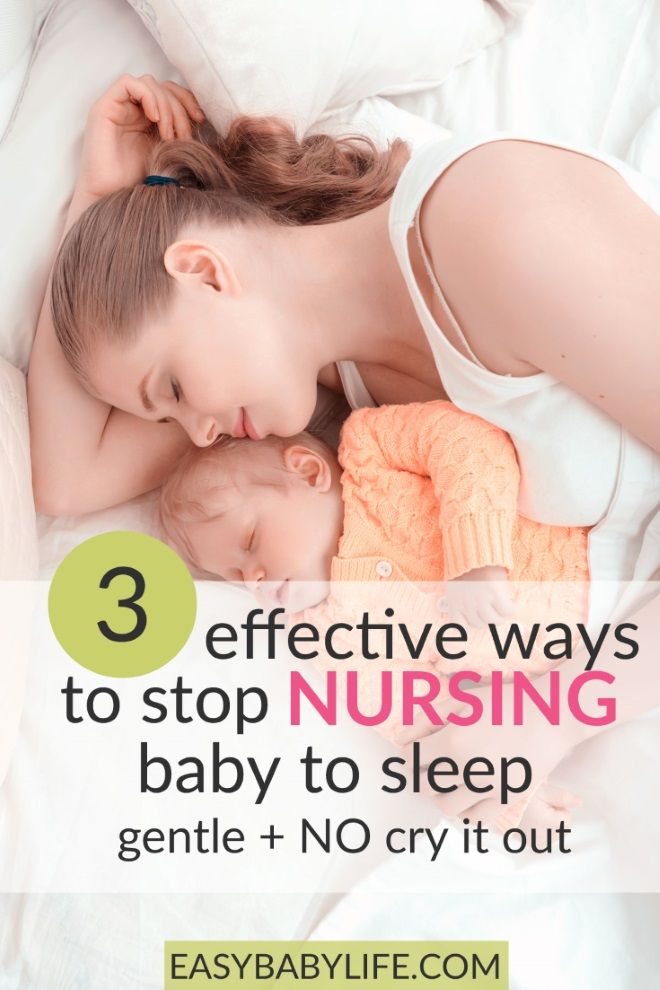 nine0108
nine0108 - When putting the child to bed, the parent does not lie down next to him, but sits on a chair not far from the bed, about 5 meters from it, continuing to sit until the baby falls asleep.
- In the next step, the distance between the bed and the chair is increased, gradually moving it away.
- A little later, you can leave the nursery for a while, but be sure to return before the baby cries.
If the child wakes up, repeat the same steps as in this step of the procedure. The stages can be stretched over several days so that the baby has time to get used to each 4 .
Up to content
Bedding rituals
Forming a bedding ritual is considered to be an effective method 4 . It can complement the "repayment" technique, but sometimes it works quite well on its own. Suitable for all ages, but the earlier it is started, the less likely babies are to develop sleep problems - they fall asleep faster and sleep longer 4 .
The ritual begins at the moment the child is drowsy. Before you put the baby to sleep, you need to perform a number of actions. They should be predictable, regular, relaxing and positive. The total duration of the ritual is 20-45 minutes 4 . If it was not possible to meet the set time, most likely, you need to shift the ritual to another time and wait for drowsiness. It may manifest as loss of interest in surrounding toys and people, reddening of the eyelids, rubbing of the eyes, yawning 4 .
Up to content
What are the rituals for falling asleep?
Experts recommend preparing for sleep, which consists of consecutive, daily repeated actions, the so-called routines 5 . They help to fall asleep faster, improve the quality and duration of sleep, reduce the number of night awakenings 5 .
The most typical nightly rituals 6 :
- Bathing in warm water with your favorite foam or bath product, light massage.

- Soothing sounds - "white noise". This is a monotonous noise that does not carry a semantic load, soothes and helps to forget, for example, flowing water, a metronome, ticking clocks or recordings of nature sounds. nine0108
- Lullabies and fairy tales.
- Wishes for "good night", "sweet dreams" or other phrases that are said only before going to bed.
Sleep experts recommend a three-step ritual that includes bathing, massage and quiet time in the crib 8 .
- Bath foam can be used during bathing. For babies from 6 months, JOHNSON’S ® Baby Bath Foam "Before Bed" is suitable. It has a soothing scent to help your baby get ready for bed 8 .
- Immediately after a warm bath, a milk can be applied to the skin, such as JOHNSON’S ® Bedtime Milk Milk 8 , for children over 6 months of age, by lightly stroking the skin. Such a massage will calm the baby even more and prepare him for sleep, especially thanks to the pleasant smell of milk 8 .
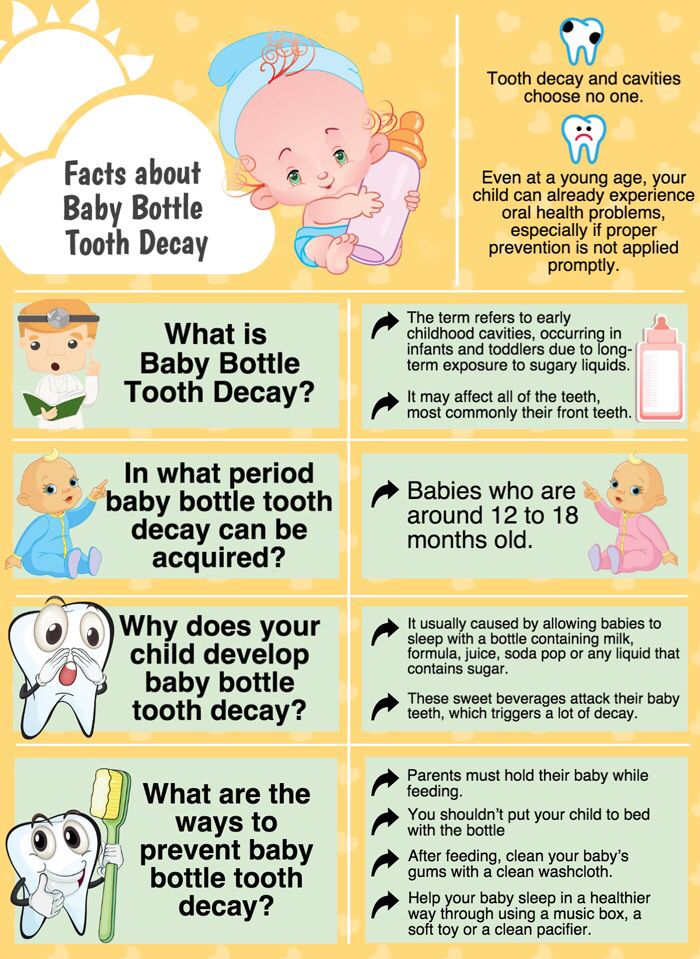
- At the third stage, you need to change the child into pajamas, read a bedtime story or sing a lullaby 4,8 .
As a rule, a few days are enough to form an association between the evening routine and falling asleep 4 .
As you can see, pediatricians and psychologists have developed various methods for healthy children's sleep and fast falling asleep. But you need to use them, taking into account the age of the child, his habits and characteristics of the nervous system. The task of parents is to organize the baby’s daily routine and prepare him for sleep, calming and creating positive associations with the process of falling asleep. With the correct implementation of the recommendations of a specialist, the child will gradually learn to fall asleep independently and faster, will sleep longer and sounder. nine0017
You may also be interested in:
Traveling with your baby
Baby's Skin Care Guide
Back to Contents
The information in this article is for guidance only and does not replace the professional advice of a physician. For diagnosis and treatment, contact a qualified specialist.
For diagnosis and treatment, contact a qualified specialist.
References:
- E.S. Sakharova. What worries the baby? Pediatric pharmacology, 2010, volume 7, No. 2, pp. 143-148. nine0108
- I.A. Kelmanson. Formation of the state of sleep in ontogeny and the problems arising from this. Neurology and psychiatry. Special issue "Sleep and its disorders-5". Effective pharmacotherapy, 2017, No. 35, p.4-13
- M.G.Poluektov, P.V.pchelina. Sleep in children: from physiology to pathology. Medical Council, 2017, No. 9, pp. 98-103.
- P.V.Pchelina. M.G.Poluektov. How to treat insomnia in early childhood. Neurology and psychiatry. Special issue "Sleep and its disorders-4". Effective pharmacotherapy, 2016, No. 19, pp.52-60.
- Jodi A. Mindell, PhD; Lorena S. Telofski, BA; Benjamin Wiegand, PhD; Ellen S. Kurtz, PhD. A Nightly Bedtime Routine: Impact on Sleep in Young Children and Maternal Mood. (The Nightly Sleep Schedule: Effects on Young Children's Sleep and Maternal Mood) SLEEP (Sleep), Vol.












